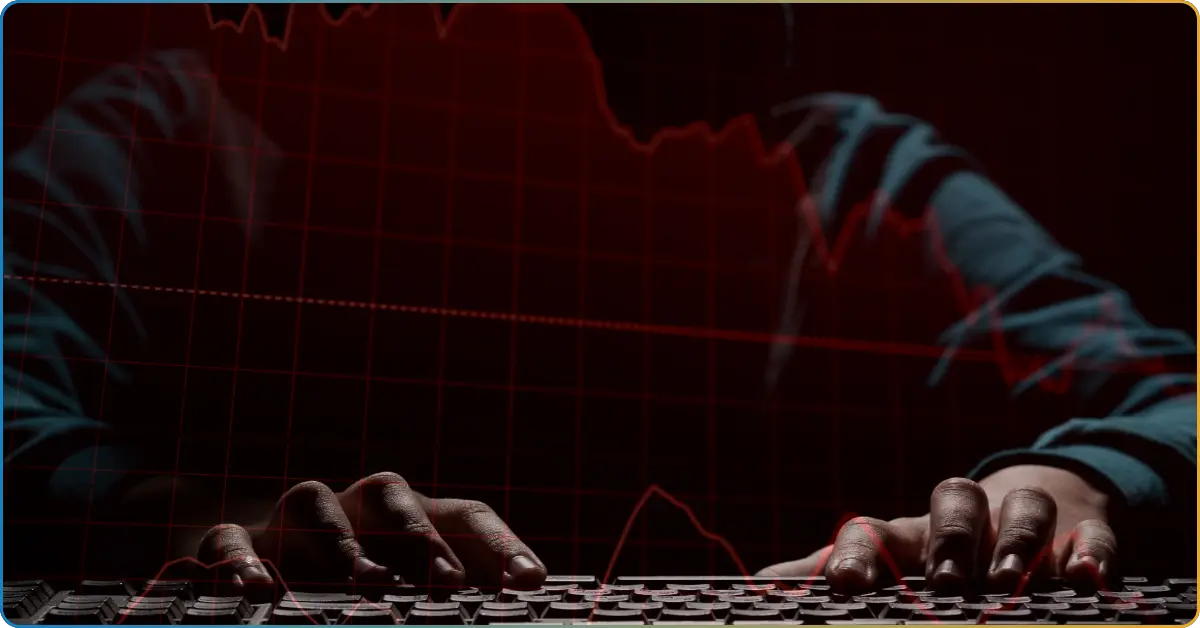Did you know that even the “supply and demand” economic concept was used by fraudsters to victimize unsuspecting investors?
In the financial markets, the supply and demand of the security drive its value. This has become the entry point of pump-and-dump scams, a painstakingly common tactic of scammers to defraud investors.
Pump and dump scam has three phases: preparation, hyping coins (pumping), and selling off coins (dumping). As crypto traders are naturally emotional, they react to such hype and pumps, only to witness a sharp decline as the scammer dumps their holding at a profit.
In this TRU Insight, we’ll explore the basics of the crypto pump-and-dump scam, its three phases, and the five dramatic pump-and-dump scams in the history of cryptocurrency.
Overview of Pump-and-Dump Scam
The financial markets move depending on the sentiment or confidence of the participants regarding security. The market will appreciate it if most investors are optimistic about its future growth. Conversely, it will depreciate if the participants are pessimistic about its future value.
That’s because confidence means high demand, and uncertainty means high supply. Pump-and-dump scammers are aware of this all too well.
Pump and dump scam is categorized as a market manipulation scheme as the operator artificially creates inflation to lure investors into the market and boost its price. Once the price dramatically increases, the operator will dump or sell off all their held securities at a profit.
This leaves victims with declining security as the demand dries up.
The pump and dump scheme first started on the stock market and operated under the brokerage house Stratton Oakmont. The brokerage firm defrauded thousands of clients by actively showing stocks with immense growth. However, the assets declined sharply as the insiders sold off their holdings.
Pump-and-Dump Scammers Found Their Way Into Crypto Market
The cryptocurrency market is relatively new in the financial scene. Yet, its wide adoption presents lucrative opportunities for investors.
However, this growth also entails market saturation—a breeding ground for crypto pump-and-dump scams.
Hypothetically, anyone can create cryptocurrency. Due to continuous innovation, any cryptocurrency can be the next Bitcoin. And we are all aware of that – and so are the scammers.
Thus, a crypto that gained social media traction or influencer advertising invokes FOMO and pressure. When this happens, people will start jumping onto the market – the perfect scenario for scammers to dump their holdings at a profit.
Let’s explore the three primary phases of Pump and Dump scams.
Three Phases of Pump and Dump Scam
Pump-and-dump scams typically live shorter lives than other investment scams like a Ponzi scheme.
However, this doesn’t mean such scams are as simple as hit-and-run. No – it requires three legs to execute this scam.
Initial Pump
This is the preparation phase of the scam, in which brainstorming and researching take place to find the best cryptocurrency to use for the scheme.
They don’t use just any cryptocurrency – it needs to be significantly unknown so their operation will remain unnoticed by whistleblowers. Additionally, small-cap crypto is a perfect crypto to create an impression of potential growth in valuation.
The scammer then buys a significant amount of the select cryptocurrency as an initial pump.
And then, aggressive marketing efforts enter. The coin will be marketed on social media and in communities to stir up attention and pique interest among traders.
This includes hyping the coin’s whitepaper, hiring promoters, exaggerating potential growth, and even creating deepfake advertising of influencers promoting the coin.
After the initial pump is the actual pump.
Pumping
This phase takes place when the promoter sees an actual growth in market volume, signifying the success of the initial pump to attract unsuspecting investors into the market.
During this phase, the scammer will buy more units of cryptocurrency to sustain the false sense of volume and growth. That ultimately pushes the price up dramatically, sometimes by 100% or way beyond that.
This further increases the attention and attractiveness of the coin, especially for short-term investors.
Dumping
Finally, the operator will begin to sell off their holdings at a profit once there’s enough gain for them.
This massive sell-off will catch the victims off-guard as the dried-up demand caused a sharp market decline. This decline will drag victims’ investments down together with the assets.
Does Crypto Exchange Prevent Pump and Dump Scheme?
Yes, the Financial Action Task Force (FATF) defines the pump-and-dump scheme as a money laundering practice that all regulated crypto exchanges shall prevent.
One strategy crypto exchanges use is the execution of enhanced due diligence (EDD). This process oversees all transactions exceeding the threshold and flags repetitive transactions.
A trader wishing to execute many trades shall be required to submit more identification for the exchange to push through the transaction.
Celebrities and Personalities Are Notorious Suspects
Again, social media attention is a critical ingredient for a pump-and-dump scheme to succeed. And who has more clout in social media than big celebrities?
When the coin garners enough clout from celebrities, it’s expected to experience a price surge due to increased awareness.
Even if unintentional, celebrities promoting a small coin out of illogical reasoning participate in pump-and-dump orchestration.
Is It Ethical to Earn from Pump and Dump Scheme?
Pump and dump schemes can lead to price volatility due to their manipulative tactic. Naturally, a volatile market is perfect for short-term traders to earn money.
Despite it being an artificially inflated price, profiting from such a market environment is entirely ethical.

















